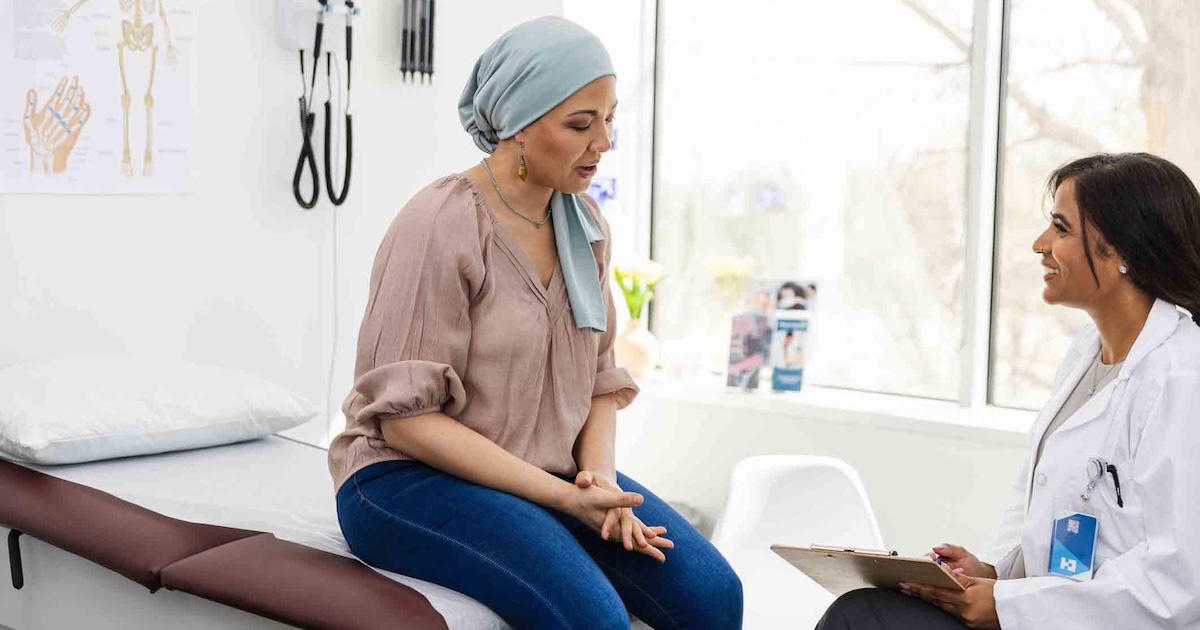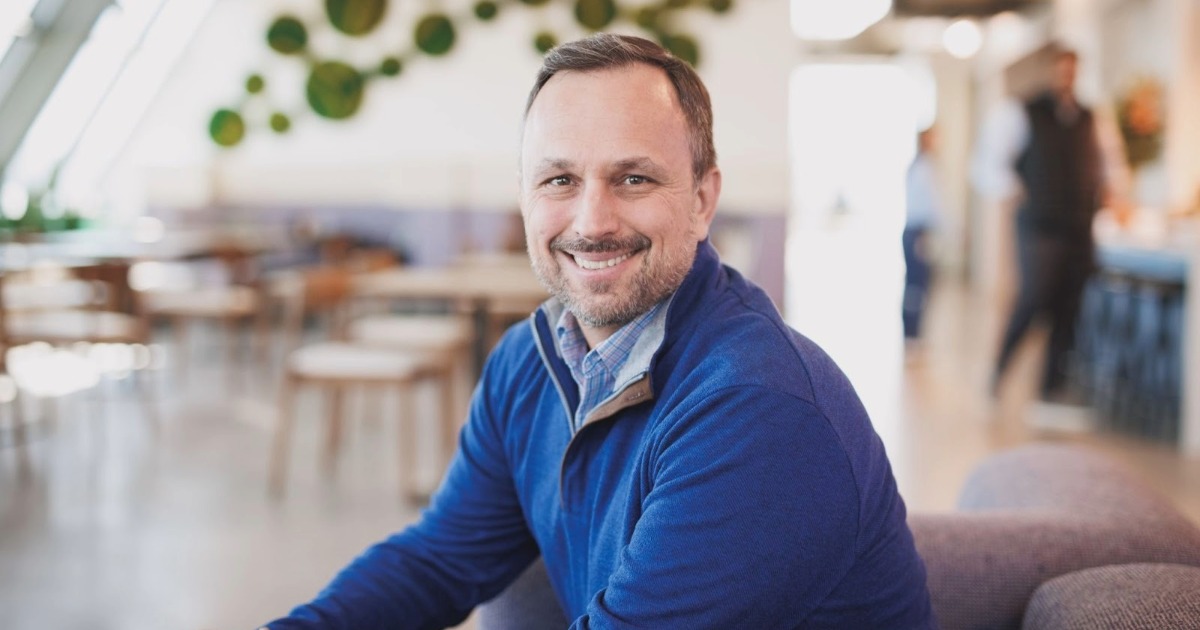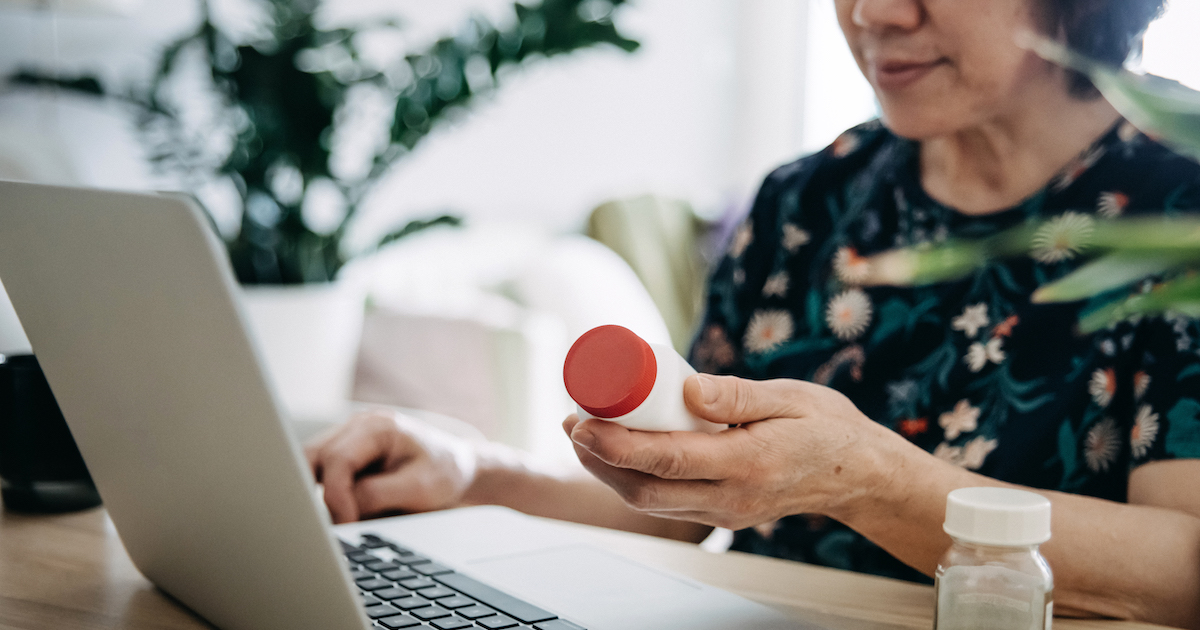From the mHealthNews archive
A manager’s job sometimes comes down to catching up with a process that’s already underway, and perhaps in no sector of healthcare is this more true than in mHealth, where doctors and nurses are likely to bring smartphones to work and start texting.
According to Ed Ricks, vice president of information services at Beaufort Memorial Hospital in Beaufort, S.C., that’s essentially how his organization’s Bring Your Own Device (BYOD) policy was launched.
“A couple years ago we noticed that many of our doctors and nurses were texting one another,” he said. Not surprisingly, he added, their still-informal communications were in clear violation of HIPAA regulations, as none of the information being exchanged was encrypted.
At the HIMSS Media mHealth Summit, being held January 8-11 at the Gaylord National Resoirt and Convention Center near Washington D.C., Ricks will give an overview of Beaufort’s experience in “R UR DOCS TXTING?” The presentation is offered as part of the Patient Safety: Impacts on Quality of Care session.
[Learn More: mHealth in the Hospital]
In looking at their options, Ricks said, Beaufort’s IT managers knew they didn’t want to impose control over their staff members’ personal devices. They just wanted to make sure the same standards were in place as were already used with Beaufort’s enterprise-owned devices.
Moreover, while they knew they needed adequate security protocols to stay clear of HIPAA violations, they didn’t want to make staff workflows to be any more cumbersome than they already were.
As it turned out, they had an existing relationship with a well-known IT security firm, and they were able to use that relationship to develop an app that providers could download for free onto their own devices, thus ensuring minimal inconvenience while also meeting security requirements.
As Ricks sees it, his overall strategy needs to revolve around making the technology as invisible as possible to his providers. That is, ensure the necessary security measures, but minimize impact on workflow as much as possible.
Now, he said, Beaufort caregivers can look upon their enterprise-focused program as just another app. All they need to do is authenticate their use code with a PIN number, and then the program is used just like any other text program.
Only now the information is encrypted and HIPAA-compliant.
In his presentation, Ricks said, he’ll discuss why it’s necessary – and how it’s possible – to strike the right balance between security and convenience. One thing is for sure: Doctors are eager for their organizations to get BYOD right, as many are chomping at the bit to put their devices to work.
According to Ricks, his intention was to test the program with a few doctors first, but within two weeks of signing up the 10 providers he wanted to start with, he had 50 more who wanted to participate.
Learn more about the program at the mHealth Summit website.



